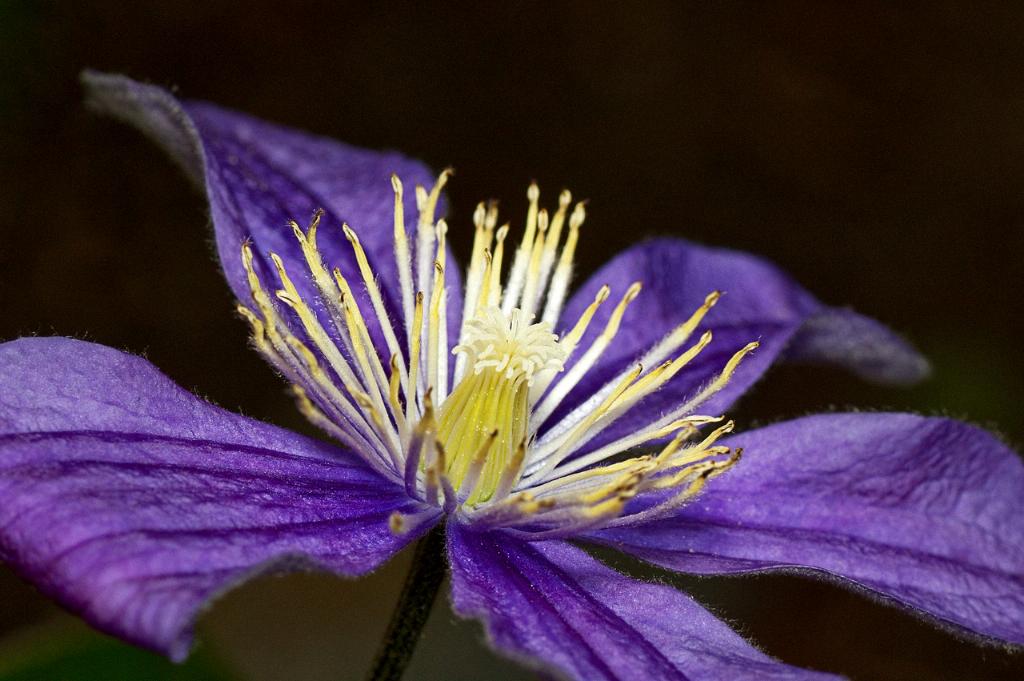Planting Clematis is a rewarding endeavor that can add beauty and charm to any garden or landscape. Understanding the proper techniques for planting Clematis is crucial to ensuring that these stunning flowering vines thrive and flourish. In this article, we will delve into the essential steps for successfully planting and caring for Clematis plants.
Selecting the Right Clematis Variety
When it comes to planting Clematis, selecting the right variety is key. Consider factors such as bloom time, flower color, vine height, and pruning group when choosing a Clematis variety. There are various types of Clematis, including the popular Large-Flowered, Small-Flowered, and Integrifolia varieties, each with its own unique characteristics.
Preparing the Planting Site
Before planting Clematis, ensure that the site has well-draining soil and receives adequate sunlight. Clematis plants thrive in soil that is slightly acidic to neutral. Make sure to prepare the planting hole properly, incorporating organic matter and ensuring proper drainage. Having the necessary equipment, such as a sturdy trellis or support structure, is essential for the growth of healthy Clematis.
Planting Process Step-by-Step
Once you have selected the right Clematis variety and prepared the planting site, it’s time to plant the vine. Dig a hole that is twice as wide and deep as the root ball of the Clematis plant. Amend the soil with compost or peat moss to improve its nutrient content. Place the Clematis in the hole with the crown at the soil level, gently backfilling and watering thoroughly.
Caring for Newly Planted Clematis
After planting Clematis, it’s important to establish a watering schedule to keep the soil consistently moist but not waterlogged. Pruning guidelines vary depending on the Clematis variety, but generally involve cutting back dead or overgrown vines in late winter or early spring. Mulching around the base of the plant and fertilizing with a balanced fertilizer can promote healthy growth.
Troubleshooting Common Planting Issues
Despite your best efforts, Clematis plants may encounter a few common issues, such as pests or diseases. Regularly inspecting the plants for signs of trouble and taking proactive measures can help prevent these problems. Addressing issues related to soil quality or insufficient sunlight promptly can also contribute to the overall health of your Clematis plants.

Conclusion
In conclusion, mastering the art of planting Clematis is a rewarding experience that can yield stunning results in your garden. By following the proper planting techniques, selecting the right variety, and providing adequate care and maintenance, you can enjoy the beauty of Clematis blooms season after season. Remember that with patience and dedication, your Clematis plants will thrive and bring joy to your outdoor space.
